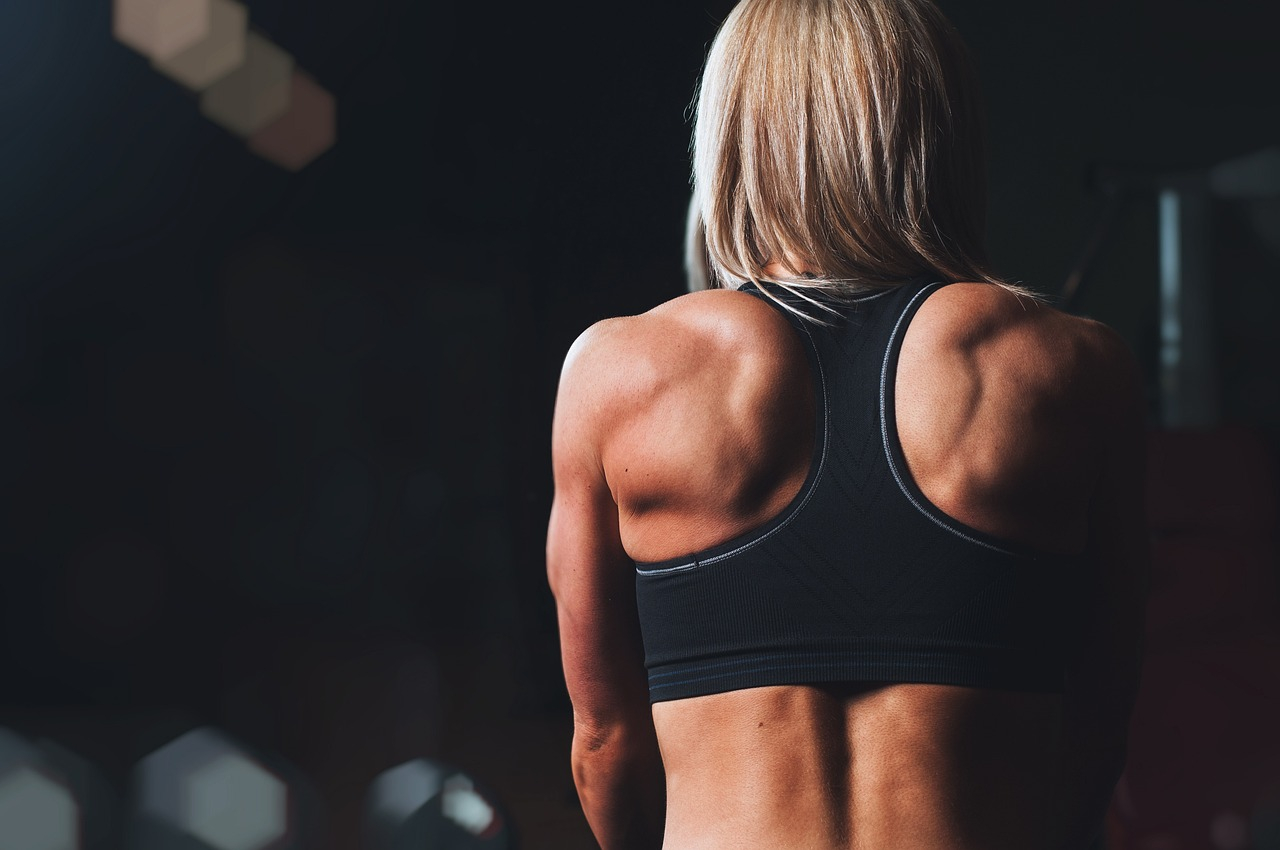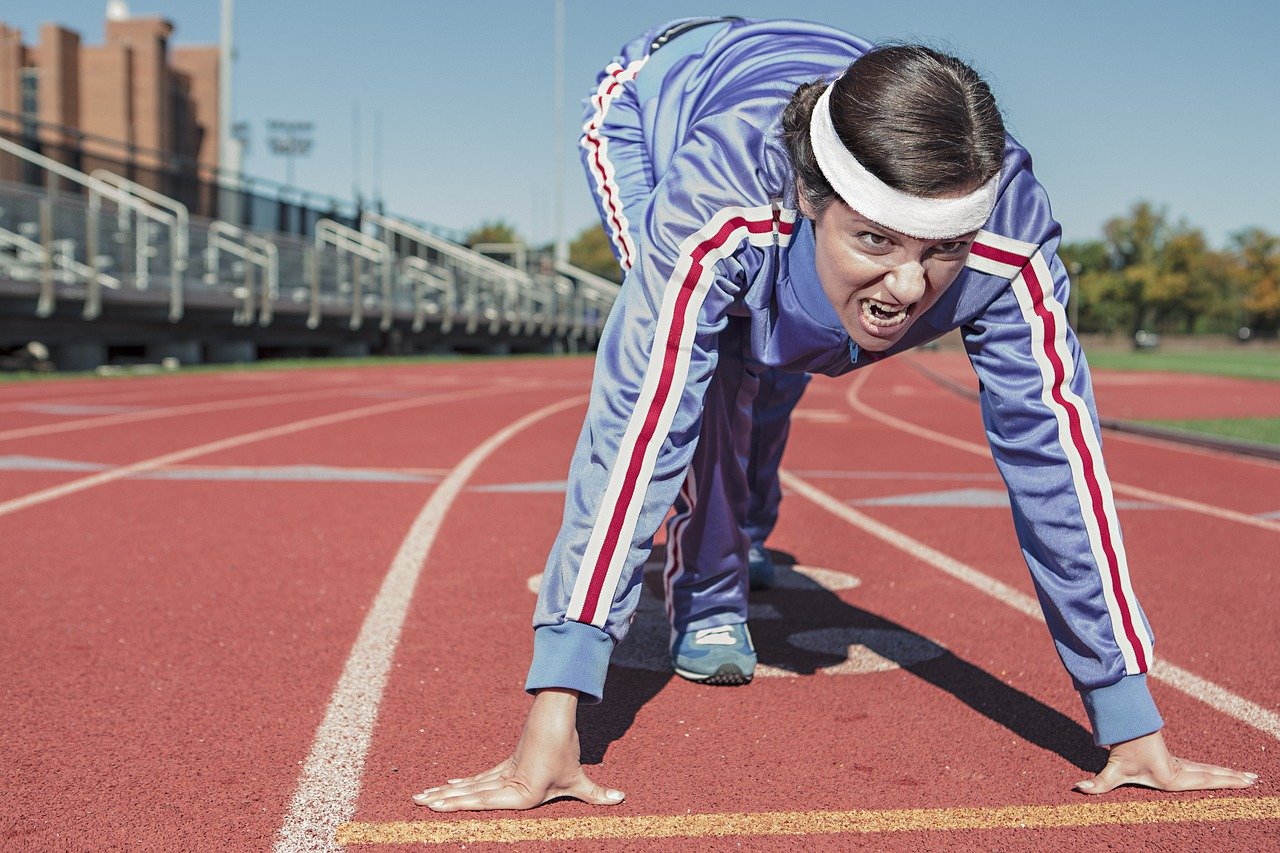How To Use Rowing Machine At Gym
So, you’ve just joined a gym and you see this big machine called a rowing machine. You might be wondering, “How do I use this thing?” Well, in this article, we’ll give you all the instructions you need to use the rowing machine at the gym. We’ll start by showing you how to set it up properly and then we’ll teach you the right way to use it. Get ready to row your way to a stronger and healthier body!

Understanding the Rowing Machine
The rowing machine is a great piece of exercise equipment that can help you get a full-body workout. It simulates the action of rowing a boat, giving you a low-impact and cardiovascular workout. By understanding how to properly use the rowing machine, you can maximize its benefits and avoid common mistakes.
Types of Rowing Machines
There are different types of rowing machines available, but the most common ones are air, water, magnetic, and hydraulic rowers. Air rowers use a flywheel to create resistance, while water rowers use water-filled tanks. Magnetic rowers use a magnet to control resistance, and hydraulic rowers use hydraulic pistons. Each type has its own unique features and benefits, so it’s important to choose the one that suits your needs and preferences.
Benefits of Using a Rowing Machine
using a rowing machine offers many benefits for your overall health and fitness. It provides a full-body workout, engaging your arms, legs, and core muscles. Rowing is a low-impact exercise, which means it puts less stress on your joints compared to other exercises like running or jumping. It also helps improve cardiovascular endurance, strength, and stamina. Additionally, using a rowing machine can help with weight loss, as it burns a significant amount of calories.
Common Mistakes to Avoid
When using a rowing machine, there are some common mistakes that you should avoid. One mistake is using too much upper body strength and not engaging your legs enough. It’s important to remember that rowing is a full-body exercise, and the power should come from your legs. Another mistake is hunching your back or rounding your shoulders. This can lead to poor posture and increase the risk of injury. Finally, rushing the movements or using improper form can also lead to injury and prevent you from getting the most out of your workout.
Setting Up the Rowing Machine
Before you start using the rowing machine, it’s important to properly set it up to ensure a safe and effective workout.
Adjusting the Resistance
Most rowing machines have a damper setting that controls the resistance. Start with a lower setting if you’re a beginner and gradually increase as you become more comfortable. It’s important to find a resistance that challenges you but still allows you to maintain proper form throughout your workout.
Adjusting the Footrests
The footrests on the rowing machine should be adjusted so that your feet are securely strapped in. Make sure your heels are resting against the base of the footrest, and the straps are tight enough to keep your feet in place during the rowing motion. This will help you maintain stability and prevent any unwanted movement.
Setting the Damper
The damper setting on the rowing machine determines the feel of the stroke. A higher setting will make the rowing motion feel heavier, while a lower setting will make it feel lighter. Experiment with different settings to find the one that feels most comfortable for you.

Proper Technique for Using the Rowing Machine
To get the most out of your rowing workout and avoid injury, it’s important to use proper technique throughout each stroke. Here are the key elements of proper rowing technique:
Correct Posture
Maintaining correct posture is crucial when using the rowing machine. Sit up tall on the seat with your back straight, shoulders relaxed, and core engaged. Avoid hunching your back or rounding your shoulders. Imagine a straight line running from your head to your tailbone.
Grip and Hand Placement
Hold the handle of the rowing machine with an overhand grip, keeping your hands shoulder-width apart. Your wrists should be flat, not bent. Avoid gripping the handle too tightly, as this can cause unnecessary tension in your arms and hands.
Leg Drive
The power of each rowing stroke comes from your legs. Begin the stroke by pushing through your legs, driving them against the footrests. As you extend your legs, lean back slightly, keeping your back straight and your core engaged.
Arm Movement
Once your legs are fully extended, it’s time to engage your arms. Pull the handle towards your body, bringing your elbows back and behind you. Keep your wrists flat and your shoulders relaxed. Avoid using your arms to initiate the movement or relying too much on your upper body strength.
Recovery Phase
After you’ve completed the arm movement, it’s time to return to the starting position. Extend your arms forward, straightening them out, while simultaneously bending your knees to slide back towards the footrests. This is called the recovery phase. Maintain control and avoid rushing through this part of the stroke.
Warming Up Before Using the Rowing Machine
Before you start your rowing workout, it’s important to warm up your muscles and prepare your body for exercise.
Dynamic Stretches
Performing dynamic stretches can help increase your range of motion and warm up your muscles. Some examples of dynamic stretches include arm circles, leg swings, and torso twists. Remember to perform each stretch in a controlled and smooth motion, without bouncing or jerking.
Cardio Warm-Up
To increase your heart rate and warm up your cardiovascular system, consider incorporating a short cardio warm-up before hopping on the rowing machine. This can include activities like brisk walking, jogging in place, or jumping jacks. Start with 5-10 minutes of light to moderate intensity cardio to get your blood flowing.

Starting Your Rowing Workout
Once you’re warmed up and ready to go, it’s time to start your rowing workout. Here are some steps to follow:
Choosing a Rowing Program
Many rowing machines offer pre-programmed workouts that can help guide your training. Select a program that suits your fitness level and goals. If you’re a beginner, start with a shorter and less intense program. As you progress, you can increase the duration and intensity of your workouts.
Setting Your Target Distance or Time
Before you start rowing, set a target distance or time for your workout. This will help keep you motivated and give you a goal to work towards. Start with a realistic target based on your current fitness level. As you become more comfortable, you can gradually increase the distance or time.
Setting Stroke Rate
Stroke rate refers to the number of rowing strokes you take per minute. It’s important to find a stroke rate that is comfortable for you and allows for proper form. A stroke rate of 24-30 strokes per minute is a good starting point for most people. Experiment with different stroke rates to find the one that feels right for you.
Monitoring Your Rowing Performance
To track your progress and monitor your rowing performance, consider using the following metrics:
Tracking Distance and Time
Most rowing machines have a monitor that displays data such as distance and time. Use this information to keep track of your workouts and set new goals for yourself. You can also record your workouts in a journal or use fitness tracking apps to monitor your progress over time.
Monitoring Heart Rate
If you have a heart rate monitor, you can use it to track your heart rate during your rowing workouts. Monitoring your heart rate can give you an indication of the intensity of your workout and help you adjust your pace accordingly. Aim to stay within a target heart rate zone that is appropriate for your fitness level and goals.
Using Performance Metrics
Rowing machines often provide performance metrics such as split time, watts, and strokes per minute. These metrics can give you valuable information about your performance and help you make adjustments to your technique or intensity. Familiarize yourself with these metrics and use them as tools to improve your rowing skills.
Common Rowing Machine Workouts
There are various workout formats that you can incorporate into your rowing routine. Here are some common ones:
Steady-State Rowing
Steady-state rowing involves rowing at a consistent pace and intensity for a predetermined distance or time. This workout is great for building endurance and can be a good starting point for beginners.
Intervals
Interval training involves alternating between periods of high-intensity effort and lower-intensity recovery. For example, you could row at a high intensity for 1 minute, followed by 1 minute of easy rowing. Repeat this pattern for a set number of intervals. Interval training is a great way to improve cardiovascular fitness and burn calories.
Pyramid Workout
A pyramid workout involves starting with short intervals and gradually increasing the duration, then decreasing back down. For example, you could start with 1 minute of hard rowing, followed by 30 seconds of recovery. Then, increase to 2 minutes of hard rowing, followed by 1 minute of recovery. Continue increasing and decreasing the duration until you reach your desired workout length.
Tabata Intervals
Tabata intervals are a specific type of interval training that involve 20 seconds of all-out effort, followed by 10 seconds of rest. Repeat this pattern for a total of 8 rounds. Tabata intervals are a highly effective way to boost cardiovascular fitness and burn calories in a short amount of time.
Race Simulation
If you’re training for a specific rowing event or simply want to challenge yourself, you can simulate a race on the rowing machine. Set a distance or time goal and row at a high intensity, trying to beat your personal best or reach a target time.
Incorporating Strength Training with the Rowing Machine
The rowing machine itself provides a great cardiovascular and strength-building workout. However, if you want to further enhance your strength, you can incorporate some additional exercises into your routine.
Using Resistance Bands
Resistance bands are a versatile and portable piece of equipment that can be used to add extra resistance to your rowing workout. You can use them to perform exercises like bicep curls, tricep extensions, and shoulder presses. Adding resistance bands to your routine can help strengthen the muscles in your arms and upper body.
Adding Dumbbell Exercises
Dumbbells can also be used to add strength training exercises to your rowing workout. Exercises like dumbbell rows, squats, lunges, and chest presses can help target specific muscle groups and increase overall strength. However, it’s important to start with lighter weights and focus on proper form to avoid injuries.
Maintaining Proper Rowing Machine Form
Maintaining proper form throughout your rowing workout is important to ensure an effective and safe workout. Here are some tips to help you maintain proper form:
Checking Your Posture
Regularly check your posture during your rowing sessions. Keep your back straight, shoulders relaxed, and core engaged. Avoid slouching or rounding your shoulders.
Keeping Tension in the Resistance
Throughout the entire rowing stroke, it’s important to keep tension in the resistance. This means maintaining control as you extend your legs, engage your arms, and return to the starting position. Avoid letting the resistance pull the handle out of your hands or losing control of the movement.
Avoiding Jerky Movements
Smooth and fluid movements are key to maintaining proper form. Avoid jerking or rushing through the rowing stroke. Focus on controlled and coordinated movements, especially during the transition from the leg drive to the arm movement.
Safety Tips and Precautions
While using the rowing machine can be a safe and effective workout, it’s important to follow these safety tips and precautions:
Using the Rowing Machine Mindfully
Pay attention to your body and listen to any discomfort or pain. Gradually increase your workout intensity and duration to avoid overexertion or injury. If you experience any pain or unusual symptoms, stop and consult a medical professional.
Avoiding Overexertion
It’s important to push yourself during your rowing workouts, but be mindful of your limits. Gradually increase the intensity and duration of your workouts to avoid overexertion. Take breaks as needed, hydrate properly, and listen to your body’s signals.
Listening to Your Body
Every individual is different, so it’s important to listen to your body and adjust the workout accordingly. If something doesn’t feel right or if you experience pain or discomfort, stop the activity and seek guidance from a fitness professional or healthcare provider.
By understanding the different aspects of using a rowing machine, such as setting it up, using proper technique, and incorporating different workouts, you can make the most of this effective and versatile exercise equipment. Remember to start slowly, listen to your body, and always prioritize safety in your rowing workouts. Enjoy rowing and have fun on this exciting fitness journey!

